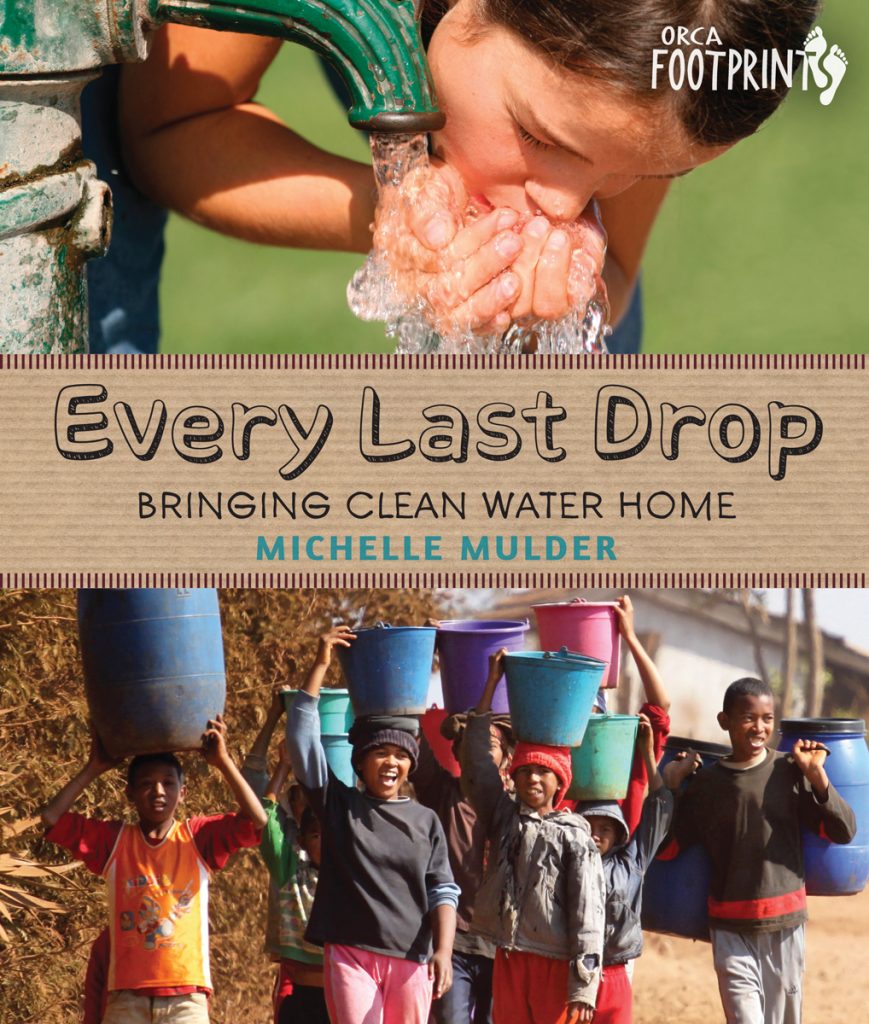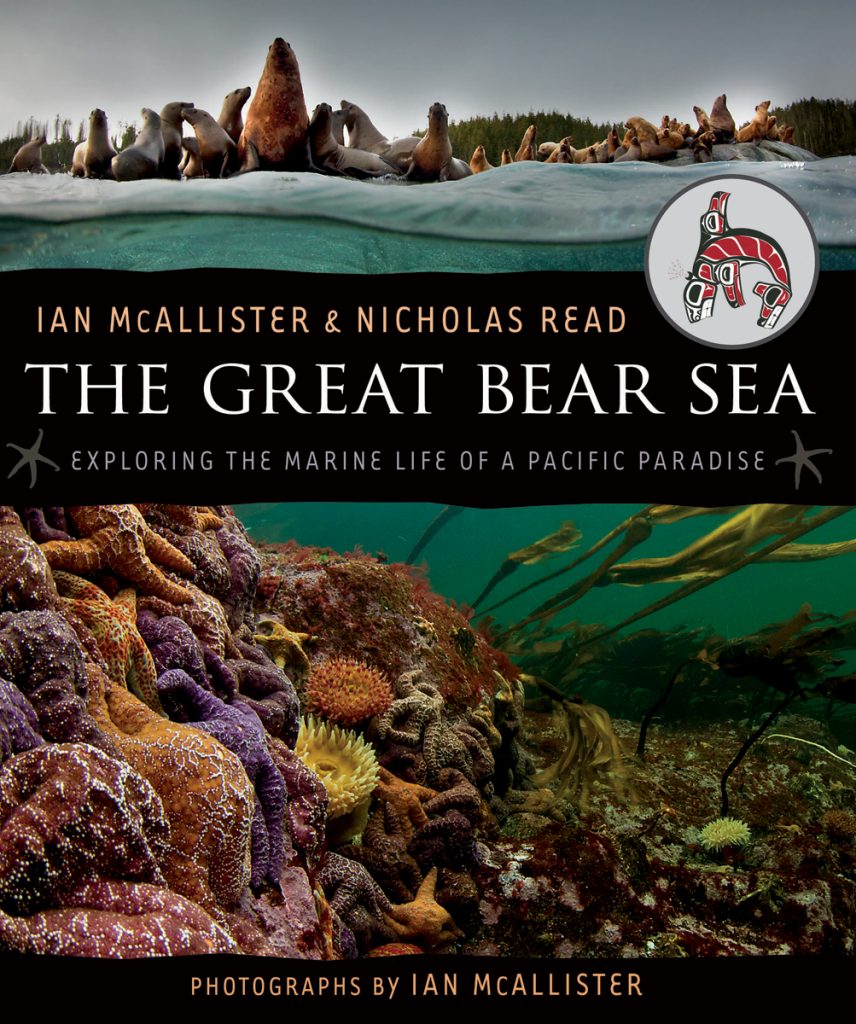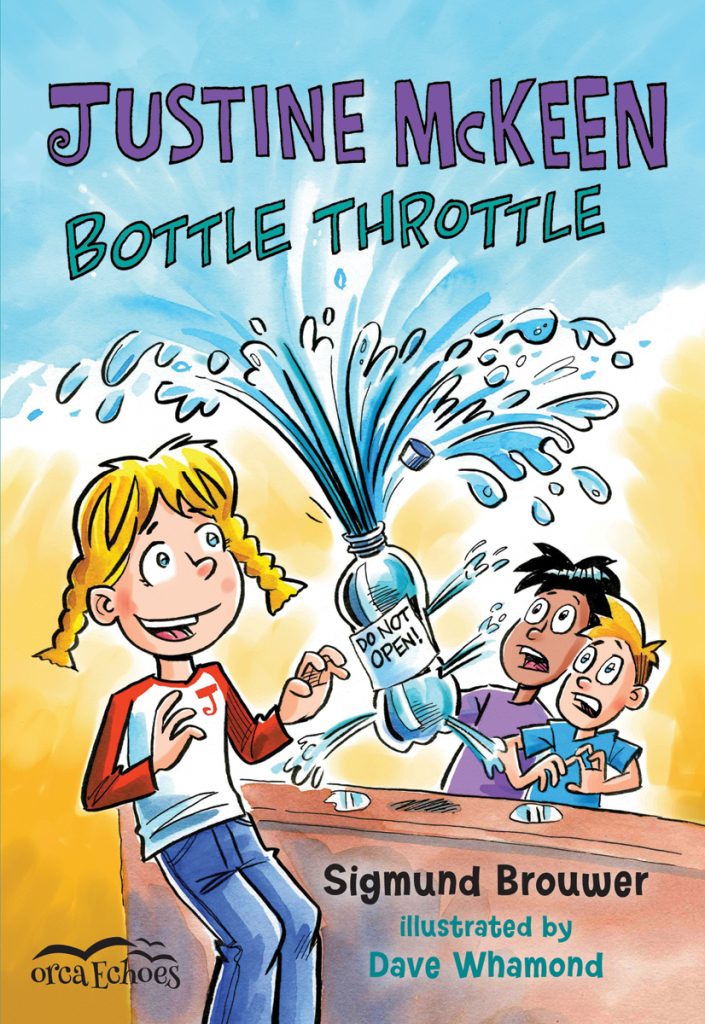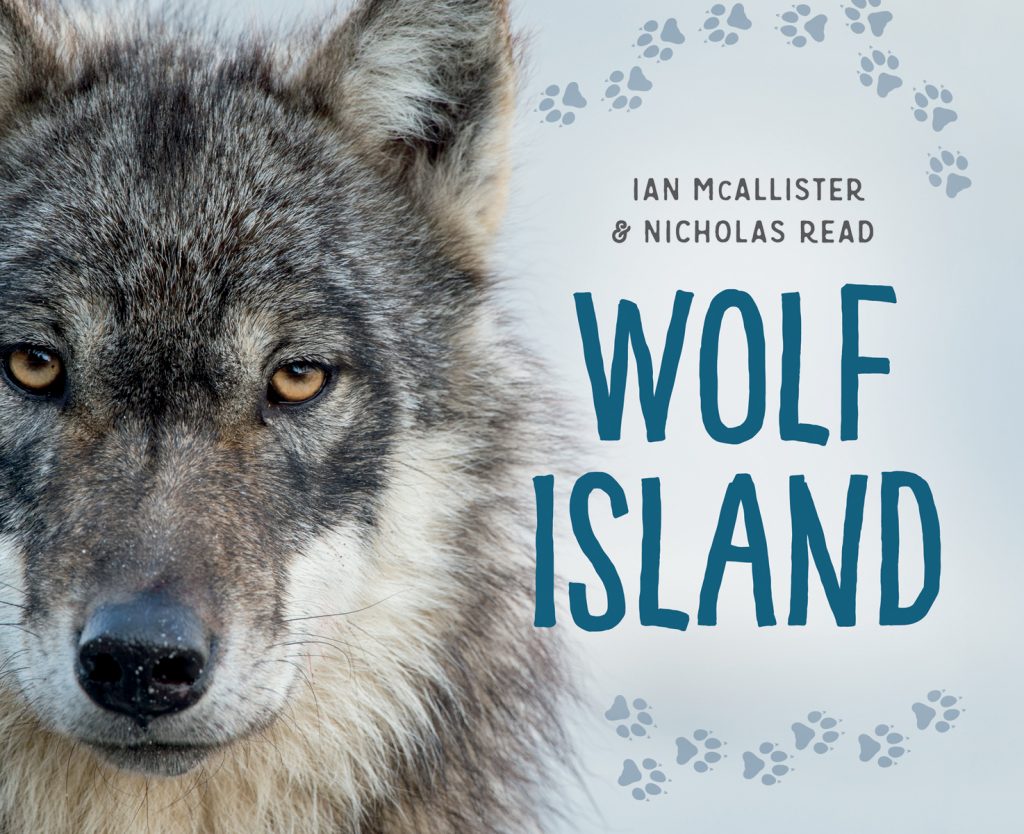World Water Day is on March 22. Did you know the United Nations estimates that 2.1 billion people live without safe water at home? And according to the Global Water Institute, 700 million people worldwide could be displaced by intense water scarcity by 2030. These statistics may be overwhelming, but it’s essential that we teach students about water, the challenges we currently face and the ways we can help create a world where everyone has access to safe water.

Every Last Drop: Bringing Clean Water Home
Michelle Mulder
In many communities, if you want a drink of water you just turn on a tap or open a bottle. But for millions of families worldwide, finding clean water is a daily challenge, and kids are often the ones responsible for carrying water to their homes. Every Last Drop looks at why the world’s water resources are at risk and how communities around the world are finding innovative ways to quench their thirst and water their crops. Maybe you’re not ready to drink fog, as they do in Chile, or use water made from treated sewage, but you can get a low-flush toilet, plant a tree, protect a wetland or just take shorter showers. Every last drop counts!

Dive In!: Exploring Our Connection With the Ocean
Ann Eriksson
We’re all connected to the ocean, and the ocean to us. The ocean provides half the oxygen we breathe; it feeds us, creates our weather and provides us with water. But we haven’t been as kind to the ocean in return. The problems are many: pollution, overfishing, rising seas and acid waters. What can be done? Don’t despair; take action. Dive In! explores our intimate connection with the ocean and provides every reader with an achievable set of actions that can help improve ocean health for our sake and the sake of the millions of marine plants and animals that share the planet with us. Filled with colorful photos and positive stories, Dive In! is as informative as it is inspirational.

The Great Bear Sea: Exploring the Marine Life of a Pacific Paradise
Ian McAllister and Nicholas Read
Following up the success of their first two books about the Great Bear Rainforest, The Salmon Bears and The Sea Wolves, Ian McAllister and Nicholas Read take readers on an expedition into the wondrous and mysterious underwater world of the Great Bear Sea. This amazing part of the northeast Pacific Ocean is home to some of the planet’s mightiest and most beloved residents: whales, sea lions, dolphins, orcas, sea otters and wild salmon. Filled with spectacular images of this largely unknown part of the world, the book also explores the uncertain future of the Great Bear Sea in this age of climate change, overfishing, pipelines and oil tankers. Can a rainforest full of rare spirit bears, fishing wolves and great grizzlies survive without a Great Bear Sea to feed and nourish it?

Justine McKeen, Bottle Throttle
Sigmund Brouwer
Justine is worried about what plastic is doing to the environment and to her classmates, so she sets out to ban bottled water school-wide. The only problem is, the new principal, Dr. Proctor, isn’t on board. Justine will have to convince him and persuade her classmates if Project Bottle Throttle is going to succeed! Justine always stands up for what she believes in and encourages activism in the classroom.

Wolf Island
Ian McAllister and Nicholas Read
The Great Bear Rainforest is a majestic place full of tall trees, huge bears and endless schools of salmon. Award-winning photographer and author Ian McAllister’s luminous photographs illustrate the story of a lone wolf who swims to one of the small islands that dot the rainforest’s coast. The island provides him with everything he needs—deer, salmon, fresh water—everything, that is, but a mate. When a female wolf arrives on the island’s rocky shores, she and he start a family and introduce their pups to the island’s bounty. The book allows young readers to understand how animals are dependent on natural resources like fresh water, and that water challenges affect them too.

Deep Roots: How Trees Sustain Our Planet
Nikki Tate
Most of us see trees every day, and too often we take them for granted. Trees provide us with everything from food, fuel and shelter to oxygen and filtered water. Deep Roots celebrates the central role trees play in our lives, no matter where we live. Each chapter in Deep Roots focuses on a basic element—water, air, fire and earth—and explores the many ways in which we need trees to keep our planet healthy and livable. From making rain to producing fruit to feeding fish, trees play an integral role in maintaining vibrant ecosystems all over the world. Facts about trees and hands-on activities throughout help readers discover ways to get to know our giant neighbors better.

Orca Footprints Teacher Guide
Tasha Henry
Orca Footprints is a nonfiction series for middle readers that answers kids’ questions about the state of the natural world, resource sustainability and how to be global citizens. Using the Orca Footprints series, this guide helps educators build an inquiry-based unit plan based on three learning modules: Our Earth, Our Work and Our Global Community. The guide includes introductions to fourteen Orca Footprint titles with ideas on how to present and use the books with a variety of dynamic activities and thoughtful graphic organizers to support students’ learning.

